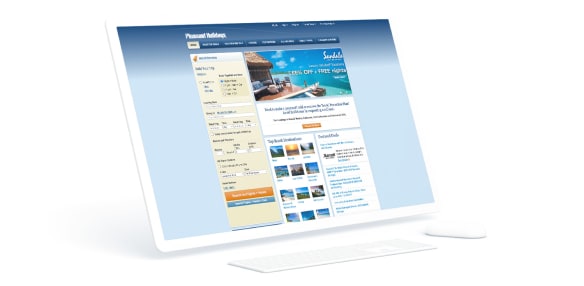About Petra
Explore Jordan
Petra, Jordan, Middle East
Overview
What to See
The Treasury – Also known as Al-Khazneh, it is the most iconic rock-cut façade at Petra, a UNESCO World Heritage Site, and the first site visitors see. The Treasury is ornamented with columns, a frieze and more, and crowned by a funerary urn.
Roman Theater – Hewn from the rock over 2,000 years ago, this impressive theater is located at the foot of the High Place of Sacrifice, which offers awe-inspiring views of Petra. Originally carved by the Nabataeans, the Romans later enlarged the theater to accommodate more than 8,000 people.
The Monastery – Ad Deir, as it’s known in Arabic, is Petra’s second-most visited site after The Treasury, but no less impressive. The Monastery, built in the 3rd century BC as a Nabataean tomb, is located in the high hills and is much larger than The Treasury. Bedouins named it “The Monastery” because of the crosses inscribed on its interior wall, suggesting it was used as a church during Byzantine times.
When to Go


You will be transferred to our traditional site.
We are currently working on enhancements to this part of our website. A new version will be available soon. Don’t worry – switching over will not interrupt your booking.
Welcome to the all-new Pleasant Holidays booking experience !


You can now plan your next vacation with our exciting new booking engine. Some advanced features are still being developed, and selecting these options may require you to return to our traditional booking experience. Don’t worry – switching over will not interrupt your booking.
We've updated your online experience to make sure you can get your dream vacation. Since our makeover is still in progress, you may experience shifts from our traditional booking experience to our new one.
Contact us
Any questions ?
Our travel advisors will be happy to help!






































